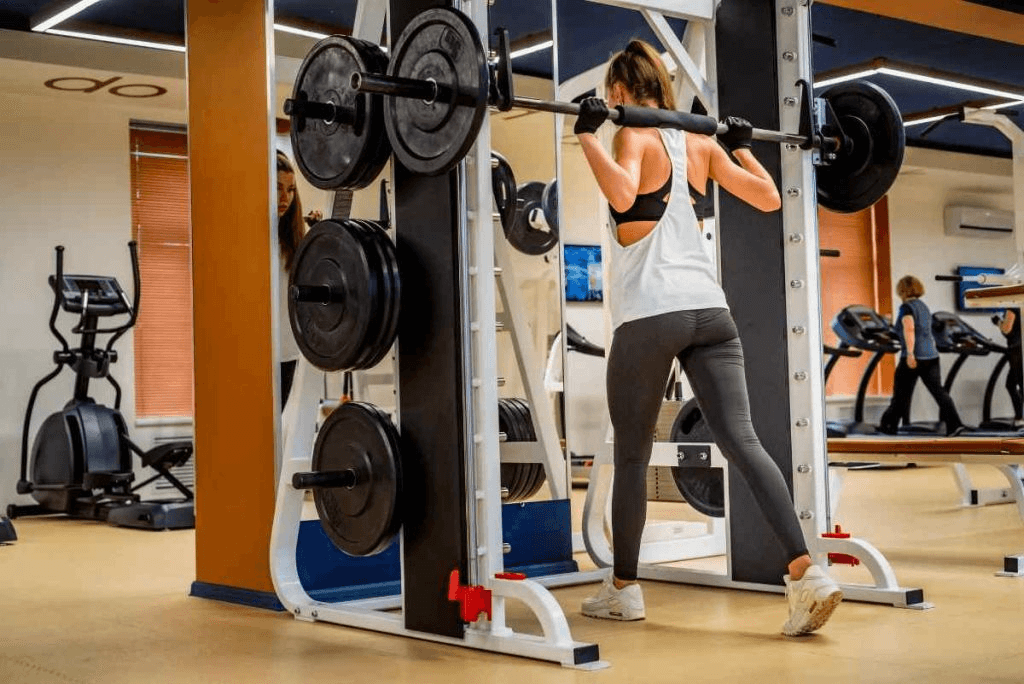The lower back cable row is an effective and versatile exercise that targets the muscles of the back, especially the lower and middle portions. This movement involves using a cable row machine, which provides consistent tension throughout the entire range of motion, making it an excellent choice for building strength and muscle definition in the back.
Benefits of Lower Back Cable Rows
Cable rows offer a unique advantage by allowing for adjustable resistance, which can be tailored to individual fitness levels. By performing a lower back cable row, you can effectively engage your latissimus dorsi, rhomboids, and the erector spinae muscles, which play a key role in stabilizing the spine and maintaining good posture.
Not only does this exercise help develop back strength, but it also contributes to the improvement of core stability, reducing the risk of lower back injuries. As a result, the lower back cable row is an essential addition to any strength training routine or rehabilitation program.
How to Perform the Lower Back Cable Row
To perform the lower back cable row correctly, follow these steps:
-
Set up the machine: Begin by sitting on the cable row machine with your feet firmly planted on the footrests. Adjust the seat height and the cable attachment to a comfortable position that allows you to fully extend your arms forward.
-
Grab the handle: Use a neutral grip (palms facing each other) or an overhand grip, depending on your preference. If the machine has a double handle, hold both with both hands.
-
Engage your core: Before initiating the movement, tighten your core muscles. This ensures that you protect your lower back during the exercise.
-
Pull the handle towards your torso: Begin by pulling the handle towards your lower abdomen. Focus on squeezing your shoulder blades together as you pull the weight towards you. The movement should be slow and controlled.
-
Full range of motion: Ensure you pull the weight all the way to your torso, fully engaging your back muscles. Pause for a second at the end of the movement and feel the contraction in your back muscles.
-
Release and repeat: Slowly extend your arms back to the starting position, ensuring that you maintain control of the movement. Repeat for the desired number of reps.
Key Tips for Effective Lower Back Cable Rows
-
Posture is crucial: Keep your back straight throughout the movement. Avoid slouching or rounding your spine, as this can lead to injury.
-
Mind-muscle connection: Focus on feeling the contraction in your back muscles. This can help you maximize the effectiveness of each rep.
-
Don’t rush: Perform each repetition in a controlled manner, focusing on the quality of movement rather than the speed or weight.
Variations of the Cable Row
While the seated cable row is a popular variation, other forms of the cable row can be performed to target different areas of your back:
-
Low cable rows: These are performed with the seat set lower, targeting the lower back muscles more specifically. The movement mimics a rowing action but with a focus on the lower part of your back.
-
Seated cable pull: This variation involves sitting upright and pulling the cable towards your body while keeping your posture neutral.
-
Row pull: This dynamic movement can be great for targeting the upper and middle back.
Common Mistakes to Avoid
-
Using too much weight: Lifting too heavy can compromise form and reduce the effectiveness of the exercise. Start with manageable weights and gradually increase as your strength improves.
-
Overextending: Ensure that you don’t extend your arms too far forward, which can cause unnecessary strain on your lower back.
-
Leaning back too much: A slight lean is natural during the pull, but leaning back too much can result in improper posture and reduce the effectiveness of the row.
How to Feel Seated Rows in Your Back
The key to feeling the seated rows in your back is to focus on proper technique and controlled movements. As you pull the cable, focus on retracting your shoulder blades, and visualize them coming together at the midpoint of the movement. This will help you fully engage the muscles in your back.
Conclusion
Incorporating the lower back cable row into your workout routine can lead to improved back strength, enhanced posture, and a lower risk of injuries. By following the proper form, using the right weight, and focusing on your muscle engagement, you can maximize the benefits of this powerful exercise and build a strong, healthy back.











































Leave a comment
This site is protected by hCaptcha and the hCaptcha Privacy Policy and Terms of Service apply.